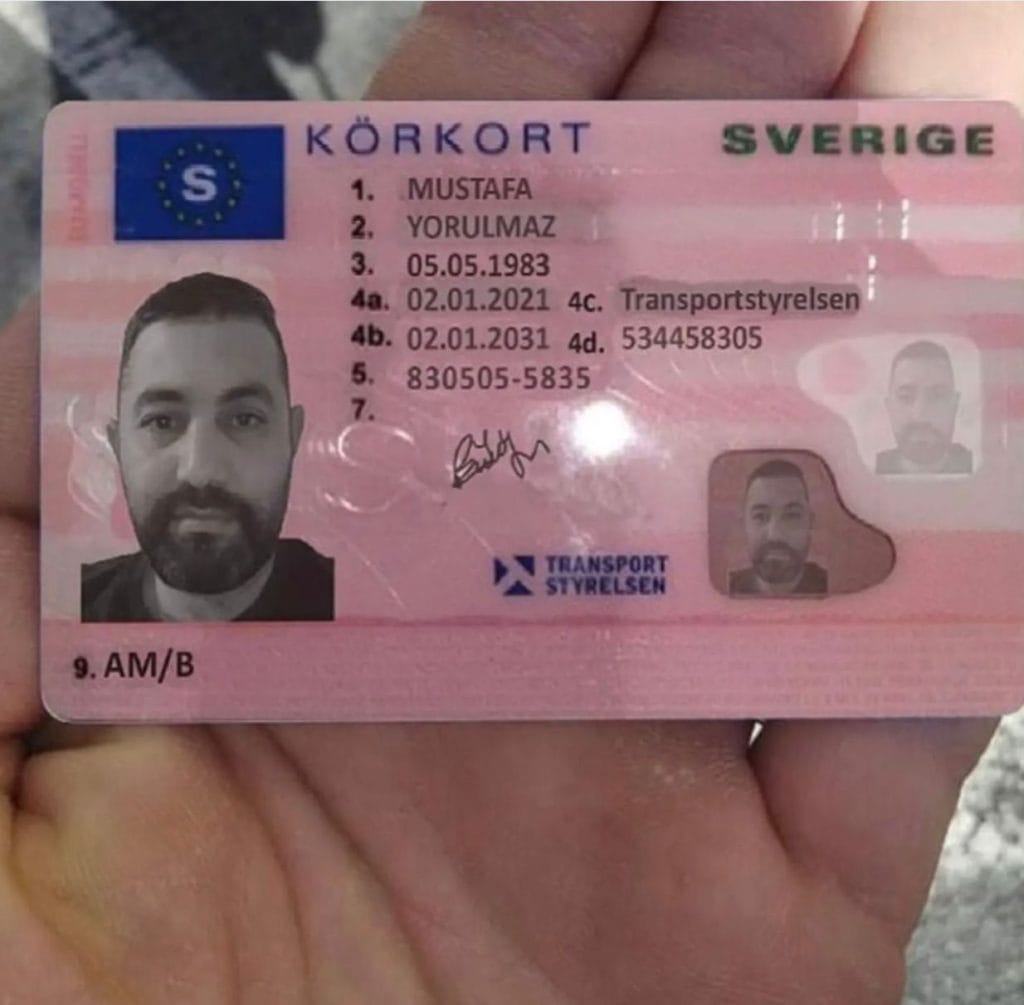Driving is a fundamental ability for many, providing the freedom to take a trip where and when you want, frequently making life easier and enjoyable. However, getting a driving license is a process that needs understanding, patience, and adherence to legal procedures. This guide intends to supply an in-depth overview of the steps one must follow to legally acquire a driving license, highlighting essential factors to consider and often asked concerns to make sure a smooth and problem-free experience.

Before diving into the application process, it's important to understand the basic requirements and types of driving licenses readily available. Driving laws vary significantly from country to country, and even within various states or provinces within the exact same nation. Typically, there are numerous kinds of driving licenses, including:

The initial step in getting a driving license is to research the particular requirements in your area. Go to the official site of your local Department of Motor Vehicles (DMV) or equivalent company to discover comprehensive details about the licensing procedure, consisting of age restrictions, needed files, and fees.
Each jurisdiction has its own set of files that need to be sent to obtain a driving license. Frequently required files include:
Numerous states and countries need new chauffeurs to finish a driver's education course. These courses are created to teach the guidelines of the road, traffic laws, and safe driving practices. They can be completed köp europeiskt Körkort online or in a class setting and often consist of both theoretical and practical elements.
When the needed documents is ready and the driver's education course is finished, the next step is to get a learner's authorization. This generally involves checking out the DMV or sending an application online. You will likewise need to pass a written test that covers traffic laws and driving understanding.
With a student's permit, you can begin practicing driving under the guidance of a licensed adult. This is an important action in constructing your confidence and abilities behind the wheel. It's likewise important to get experience in different driving conditions, such as night driving, highway driving, and driving in severe weather condition.
After getting sufficient driving experience, you can set up a driving test with the DMV. The test will examine your ability to securely operate a vehicle and follow traffic laws. You will need to bring an effectively signed up and insured lorry to the test, and the examiner will assess your driving skills on a fixed route.
If you pass the driving test, you will normally receive a provisional license. This license might feature restrictions, such as a curfew or a limitation on the variety of passengers you can have in the lorry. These constraints are developed to lower the threat of accidents and help new chauffeurs acclimate to the road.
Once you have actually held a provisionary license for the necessary duration and satisfied any additional requirements, you can update to a full driver's license. This procedure normally involves an easy application and may need a retest or additional documentation.
A: The minimum age differs by jurisdiction. In the United States, it usually ranges from 15 to 16 years of ages. In the UK, the minimum age is 17. Check your local DMV website for specific details.
A: Some jurisdictions enable you to finish parts of the application process online, such as filling out forms and scheduling tests. Nevertheless, you will typically need to visit a DMV office face to face to send needed documents and take the driving test.
A: If you fail the driving test, you can typically retake it after a particular duration. This duration differs by location, but it is typically a few weeks. It's an excellent idea to practice more before retaking the test to improve your possibilities of success.
A: No, a learner's permit typically requires you to be accompanied by a licensed grownup, generally over 21 years old, who is seated in the front traveler seat.
A: Yes, most jurisdictions need a vision test to ensure that you can safely run a car. You can typically take this test at the DMV or with an authorized optometrist.
A: The time required to obtain a complete driver's license varies depending on your jurisdiction and the particular steps involved. Generally, it can take several months, including the time required to finish a driver's education course, hold a student's license, and pass the driving test.
A: It depends on the restrictions put on your provisional license. Some provisional licenses allow you to drive for work, while others might have particular limitations. Examine your license for information or call the DMV for information.
A: A student's license is the very first phase of the licensing process and enables you to drive only under guidance. A provisional license, on the other hand, grants you more driving opportunities however might still have some limitations, such as a curfew or guest limitations.
A: No, you typically require a complete driver's license before requesting a CDL. A CDL is a specific license that requires additional training and testing, and it is only issued to those who have actually shown the capability to securely operate a standard car.
A: If you lose your driving license, you need to report it to the DMV and make an application for a replacement. You might need to provide proof of identity and pay a fee. It's also a great idea to inform your insurer and any other relevant celebrations.
Getting a driving license is a considerable milestone that opens up new opportunities and increases self-reliance. By following the steps laid out in this guide and remaining notified about regional laws and requirements, you can make sure a smoother and more effective licensing process. Keep in mind that driving is a serious obligation, and making the effort to discover and practice is essential for your security and the safety of others on the road.
No Data Found!

